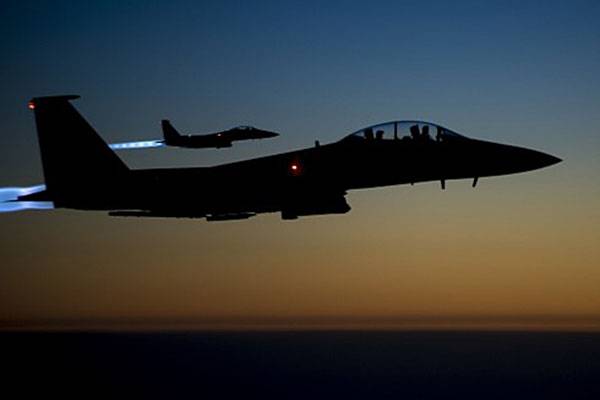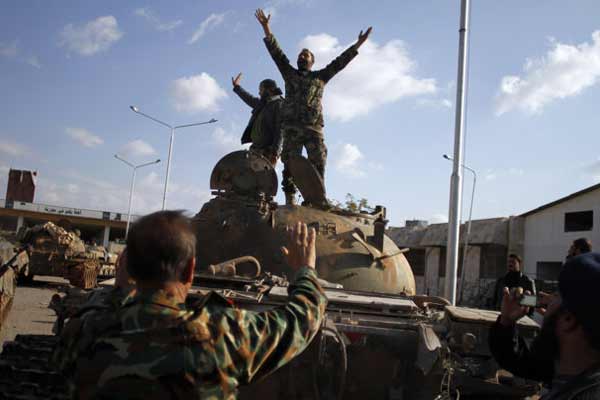tinydancer
Diamond Member
It appears the victory dance celebrating the capture of the Mosul Dam is premature. Fierce fighting is still being reported but I believe that the booby trapping of the dam is the shit Iraqis better be worried about.
Apparently ISIS has some whiz kid bomb makers in their ranks according to this General.
"“The Islamic State clearly have highly sophisticated bomb experts in their ranks,” said Gen Kawani. “Two of their car bombs were detonated by mobile phones.”
ISIS booby traps Mosul Dam, which could unleash 18-metre-high wall of water on Iraq’s second largest city
The American-backed offensive to recapture Iraq’s biggest dam stalled Monday, as fighters from the Islamic State of Iraq and Al-Sham rigged part of the area with booby traps and remotely triggered bombs.
Whilst a series of air strikes by American F-18 fighter jets reportedly sent most of the jihadists fleeing from the central parts of Mosul dam, a network of landmines and planted explosives they left behind impeded Kurdish ground forces from recapturing the strategically vital terrain.
more at link:
ISIS booby traps Mosul Dam, which could unleash 18-metre-high wall of water on Iraq’s second largest city | National Post
Apparently ISIS has some whiz kid bomb makers in their ranks according to this General.
"“The Islamic State clearly have highly sophisticated bomb experts in their ranks,” said Gen Kawani. “Two of their car bombs were detonated by mobile phones.”
ISIS booby traps Mosul Dam, which could unleash 18-metre-high wall of water on Iraq’s second largest city
The American-backed offensive to recapture Iraq’s biggest dam stalled Monday, as fighters from the Islamic State of Iraq and Al-Sham rigged part of the area with booby traps and remotely triggered bombs.
Whilst a series of air strikes by American F-18 fighter jets reportedly sent most of the jihadists fleeing from the central parts of Mosul dam, a network of landmines and planted explosives they left behind impeded Kurdish ground forces from recapturing the strategically vital terrain.
more at link:
ISIS booby traps Mosul Dam, which could unleash 18-metre-high wall of water on Iraq’s second largest city | National Post




